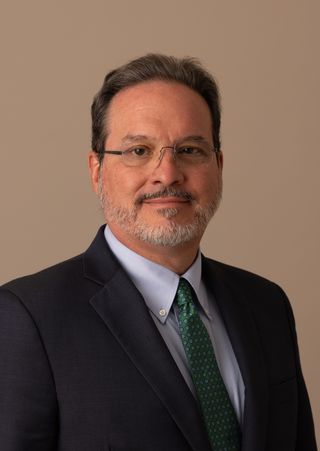U.S. President Donald Trump has completed the most disruptive and unpopular first 100 days of any president in modern American history. His supporters would add that it has also been one of the most sweeping and ambitious starts for a new president.
Perhaps we should start with ambitious part. Trump has taken on multiple institutions at home and abroad. He has blocked or threatened to block tens of billions of dollars in federal funding for universities like Harvard that have refused to put their academic and admissions procedures under the administration’s supervision. He has arrested a federal judge for allegedly assisting with the escape of an immigrant under warrant, putting pressure on the courts to follow his policies. He has unified Republicans in Congress in tacit, if not enthusiastic, support of his agenda. He has introduced draconian new measures to curb immigration both legal and illegal. He has renamed the Gulf of Mexico the Gulf of America. He has pressured Ukrainian President Volodymyr Zelensky to accept unfavorable terms to end the fighting in Ukraine. He has threatened NATO, frozen most U.S. development assistance and increased average U.S. tariffs from less than 3 percent to more than 25 percent on imports.
His supporters argue that with this “shock and awe” campaign, Trump can cut global welfare handouts when U.S. citizens need the funding at home, eliminate illegal immigration, pressure U.S. allies to stop freeriding on trade and defense and break the “woke” liberal elite.
But that is not quite how the general public sees the first 100 days according to multiple polls. Before being elected, Trump had net positive ratings for his ability to tackle the two most pressing problems voters identified: inflation and illegal immigration. Now Trump’s tariffs have not only made inflation worse― the capriciousness and unpredictability of the policy have also stifled economic investment, sparked a $7 trillion U.S. stock market retreat, and nearly crippled the bond markets (usually a safe harbor for investment when stocks are in trouble). Voters can see prices going up and their retirement accounts going down. Trump now has a net negative rating from the public on the economy, with one recent poll showing a 39 percent approval of his performance in that area compared to almost 60 percent when he was elected. And the public has yet to feel the full impact of the tariffs and stymied investment.
Trump’s tariffs have not only made inflation worse ― the capriciousness and unpredictability of the policy have also stifled economic investment.
Trump should be polling better on immigration, since he did succeed in reducing unauthorized crossings to a trickle. But here, as well, the public rates the president’s performance as a net negative. That, too, should have been predictable, since preelection polls showed that the public wanted stronger measures to protect the border but not draconian measures such as deporting legal residents or dividing families, as the Trump administration has done.
At the 100 day mark Trump has begun retreating from many of his attacks: saying he was not going to fire the U.S. Federal Reserve chairman after all, pausing on many tariffs, reversing plans to limit student visas and reconciling (it seems) with Zelensky after Russian President Vladimir Putin rebuffed the administration’s overtures for peace.
Will Trump now change his strategy? Probably not — in part because there was no discernible strategy to change. Nor was there any obvious policy process that weighed options or considered repercussions. Decision-making under Trump 2.0 has been on the fly — bold and decisive but rarely considered. It is also worth remembering that Trump has been involved in more than 4000 lawsuits in his career, most of them he lost or settled. Strategy involves identifying ends, ways and means. The Trump method is to put out multiple “ends” so that he can claim one as a victory no matter how things go.
The Trump method is to put out multiple “ends” so that he can claim one as a victory no matter how things go.
Trump appears responsive to markets in the short term but does not seem to have a strategy for reassuring markets over the longer term. It would be in his own best political interests to give the markets longer term predictability, but that is not his style. Maybe his advisers will convince him.





